Words Amicia de Moubray Photographs Amicia de Moubray
To stroll through the bosky old gunpowder walks at Oare is to gaze onto a world of monumental Piranesian-like abandoned structures. It makes for a fascinating window into what was one of the major industries of Faversham. At one time there were three gunpowder factories in the town. It is astonishing to discover that by 1774 364 tons of gunpowder were being produced.
Just think it was where the gunpowder used to vanquish the French and Spanish fleets at the battle of Trafalgar and the French at Waterloo was made.
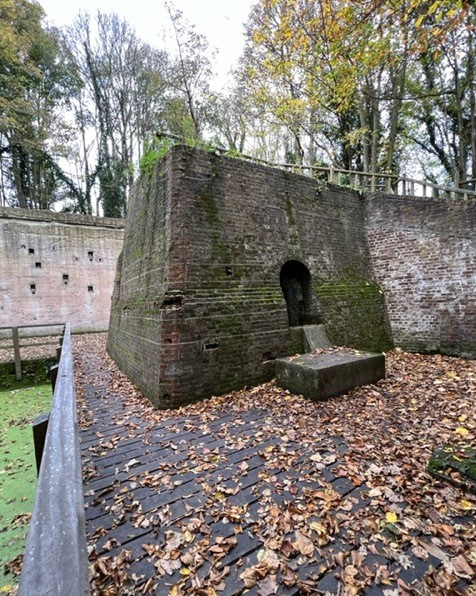
The Piranesian-like abandoned structures at Oare Gunpowder works.
In the late 17th century there were two gunpowder businesses at Oare, both run by Huguenot refugees, Peter Azire and Francis Grueber. By 1844, both gunpowder mills were being operated as a single works by the family firm, John Hall & Co, who had acquired the site in 1812, eventually taking over the ownership of the three factories in 1854.
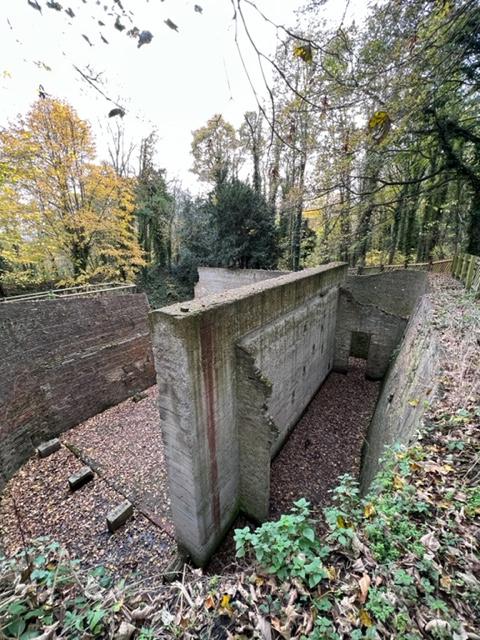
Another view of the old gunpowder works
Posy and I set out one Sunday morning to explore what is called the Heritage and Nature Trail. There is a very informative Visitor Centre charting the history of the industry, housed in what was the Cooperage where barrels were made for transporting the gunpowder. It is well worth visiting and open April to November from 10.30am – 4.30pm at weekends and on Bank Holidays.
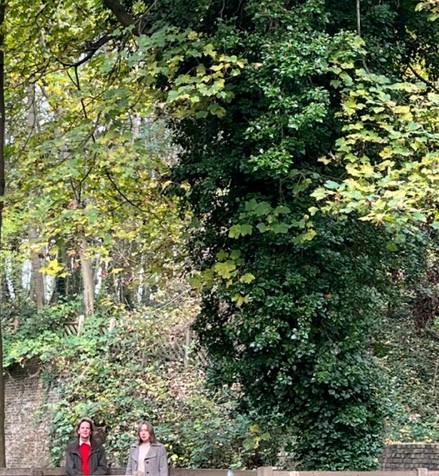
Amicia and Posy
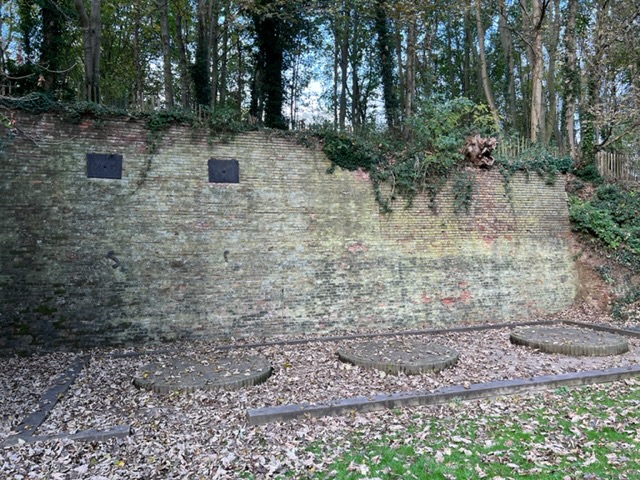
The 3 ingredients of gunpowder – sulphur, saltpetre and charcoal were blended under the pressure of heave edge-runner wheels. Remaining here are the bases of the wheels and the back ‘blast’ wall.
We ambled along the path wondering what the many different structures, some on a monumental scale, were used for and trying to imagine what it was like when the entire area was a thriving industrial site thronged with workers and no doubt very noisy. Particularly beguiling are the canals. I must admit that gazing out across the tranquil Upper Mill Pond fringed with reeds, now home to reed warblers, swans, reed buntings and sedge warblers and moorhens, its manufacturing past seems impossibly remote. Production ceased in 1934 when the ominous signs of war were looming. The production was moved to Ardeer in Scotland as Kent was thought to be vulnerable to attack from Europe. The site was left to gently decay and revert to nature for 70 years until a grant from the Heritage Lottery Fund enabled it to be re-imagined as a country park.
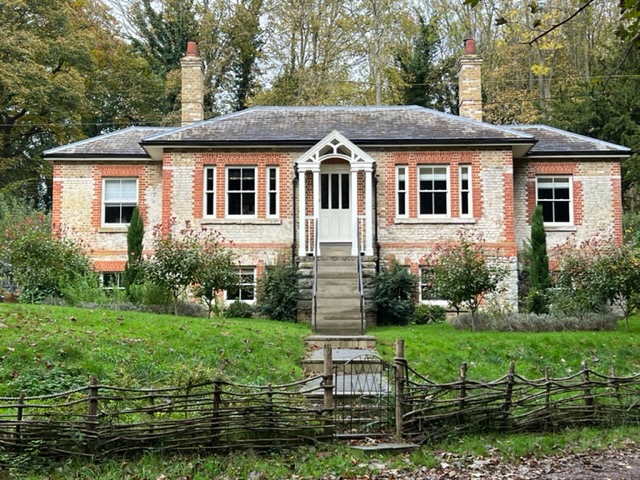
The former Foreman’s House built c.1850.
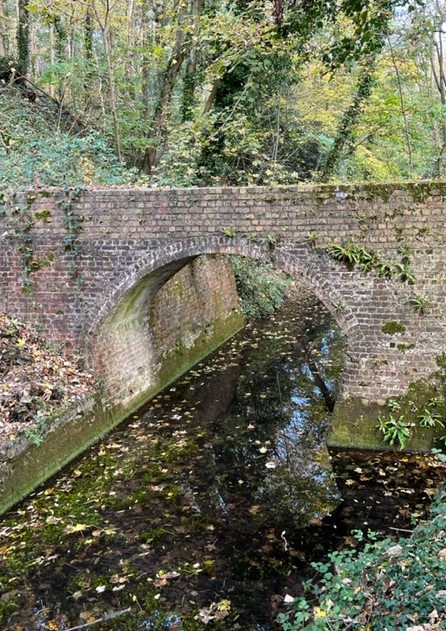
A bridge over a leat
In an age when everything is transported by horrendously ginormous lorries on roads or flown around the world it is salutary to recall that it was the waterways surrounding Faversham that made it such an epicentre of the gunpowder industry. Oare stream provided power for the watermills and the adjacent low-lying land was perfect for growing alder and willow for making charcoal, one of the three ingredients of gunpowder along with sulphur and saltpetre. Huge quantities were needed, nearly two tons of wood were necessary for one ton of powder.

More intriguing remains

Upper Mill ponds
We will be publishing other articles on Faversham and the gunpowder industry as there is so much to write about. But if this brief account has aroused your interest, do take a walk through a little known corner of South East England’s industrial past. You will no doubt be gripped as Posy and I were.